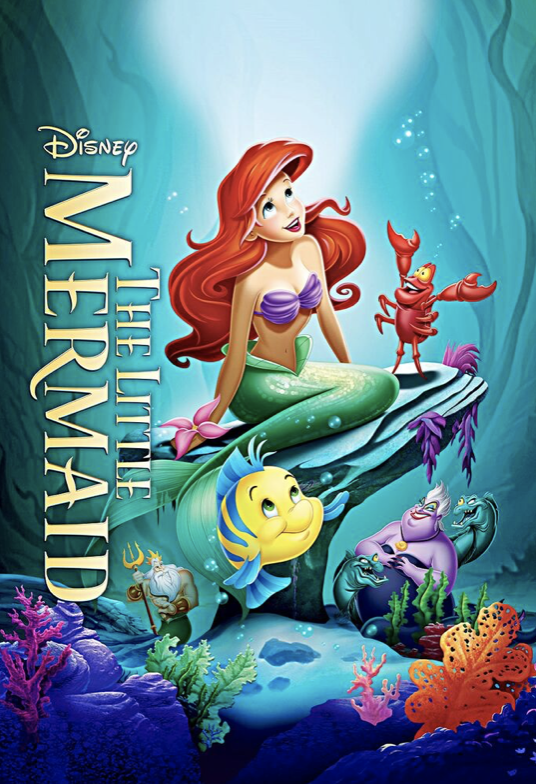CM 231: Journal Entry 2
- Sara Lewter

- Oct 18, 2019
- 3 min read
As stated in Wood (2017), kinesics is a type of nonverbal behaviour that refers to body position and body motions, including those of our face. Our body language and movement tells others how we’re feeling and expresses emotion. Our body orientation can also signal how open we are to interaction with others. Our facial expressions and our eyes, according to Wood (2017), also communicate how we feel to others. Our face and body motion is how we communicate with others that we are open and interested in conversation.
https://www.youtube.com/watch?v=KE_nHKz0N_I
For example, in the movie The Little Mermaid (you only need to watch from 0.17 to 1.13), kine
sics can be seen when Ariel joins Prince Eric for dinner at the palace. As Ariel begins walking into the dining room, you can make out the awe on her face while looking around. Once, Prince Eric lays eyes on Ariel in the dining room, you can make out awe on his face as well. He is shocked by how much different she looks in a ball gown rather than being wrapped in only a sheet when they first met. You can also see how Ariel nonverbally responds, when she ducks her head and smile shylly up at Prince Eric. Ariel then goes on to brush her hair with a fork, and as this is an unusual thing to do, Prince Eric’s face shows confusion which is easy to determine when he stops eating and raises an eyebrow while watching Ariel. After receiving strange and confused looks from her company, Ariel places the fork back onto the table and begins to hunch her shoulders and bite her lips, expressing her embarrassment nonverbally. In this whole scene from The Little Mermaid, there is nonverbal communication that is easy for everyone to understand.
Another example of kinesics is from a short pixar film titled For the Birds (you only need to watch from 0.25 to 3.00). As the film is starting off, a single bird lands on the power line before being joined by more birds, one by one. The body movement and facial expressions show that the birds clearly don’t want to be beside each other and would prefer to be alone; however, that changed when a bigger bird joins them. When hearing the calling of the big bird, all of the little birds get wide-eyed and turn in the direction of the noise, expressing that they don’t want the bird to show up. It is further proven that they don’t enjoy the presence of the big bird when they being mocking and laughing at it as seen in the video from 1.03 to 1.10. Their dislike for the big bird is further shown through their facial expressions followed by their movement away from the big bird. You can also see the mischievous expression on the birds faces right before the begin pecking at the feet of the big bird to get it off of the power line and away from them. You can also see the panicked expressions on their face when the little birds realize how close to the ground they have gotten. Finally, you see the embarrassment of the little birds due to being naked after losing all of their feathers and have to hide themselves.
Kinesics and nonverbal communication are very important for various reasons. Sometimes there is no other way to communicate other than nonverbally. Kinesics is how our body position, body motion, and our face communicate how we are feeling to others without us having to say it. Slouching or rigid posture, furrowed brow or a frown, these are all examples of body and facial movement that communicates how we feel.
Wood, J.T. (2017). Communication mosaics: An introduction to the field of communication.
(8th Ed.). Boston, MA: Cengage Learning.





Comments